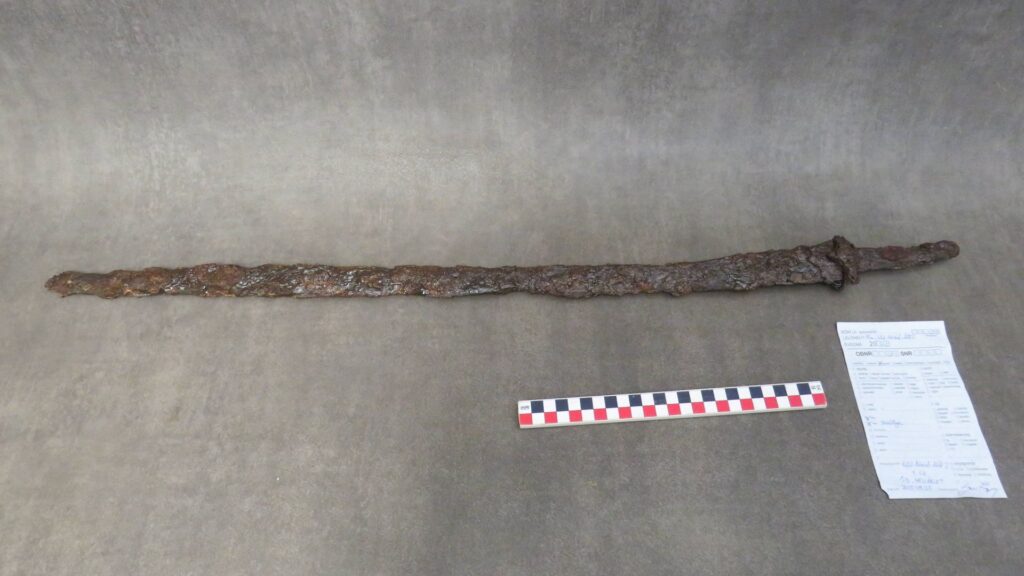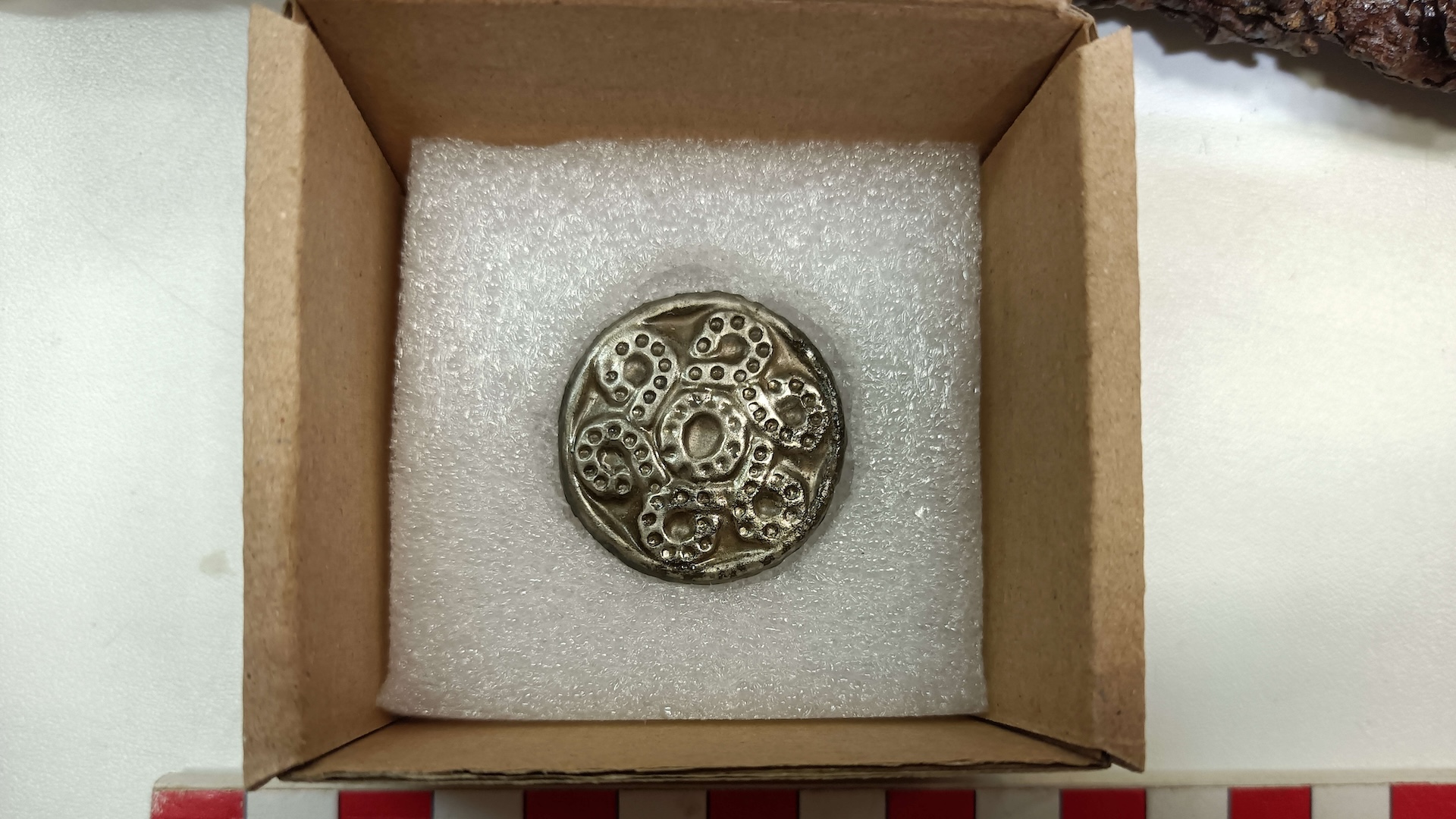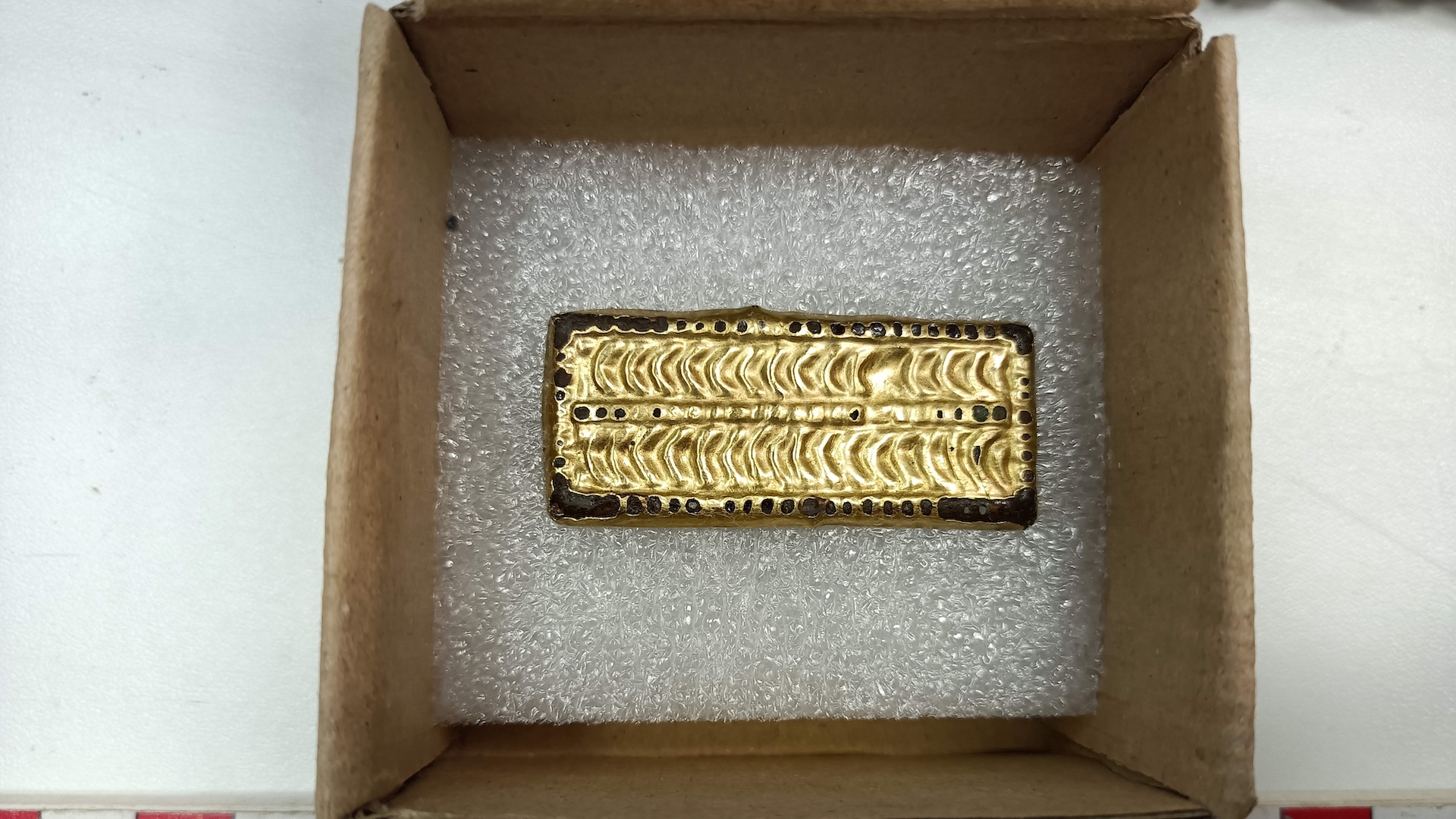Hungarian archaeologists have unearthed the remains of rare iron sabers, jewelry and other artifacts from a 1,300-year-old tomb of an elite warrior.
The gracefully curved sword (of the type primarily used by warriors on horseback) is heavily rusted, but the blade still retains traces of fine decoration, demonstrating the craftsmanship used to make the ancient weapon.
The tomb, located near the city of Székesfehérvár (also known as Fehérvar), about 30 miles (50 km) southwest of Budapest, was discovered by an orbiting satellite, according to a translated statement from St. Stephen’s Museum.
you may like
The excavation is part of the Hungarian National Museum and King St. Stephen’s Museum’s Graves from Space program, which analyzes crop marks in satellite images to detect buried remains.
Avars of Pannonia
The newly discovered tombs date back to between 670 and 690 AD, when the area was part of the vast Avar Khaganate (a type of kingdom) in Central Europe centered in the Carpathian Basin of present-day Hungary.
The Avars of Central Europe are now called “Pannonian Avars” (the Byzantine Empire called the region “Pannonia”) to distinguish them from the semi-nomadic Avars of Central Asia, and genetic research in 2022 suggests they are related to the Avars. (An entirely unrelated people called the “Dagestans” or “Caucasian” Avars now lives in the Caucasus Mountains. Ethnologists believe their common name is a coincidence.)
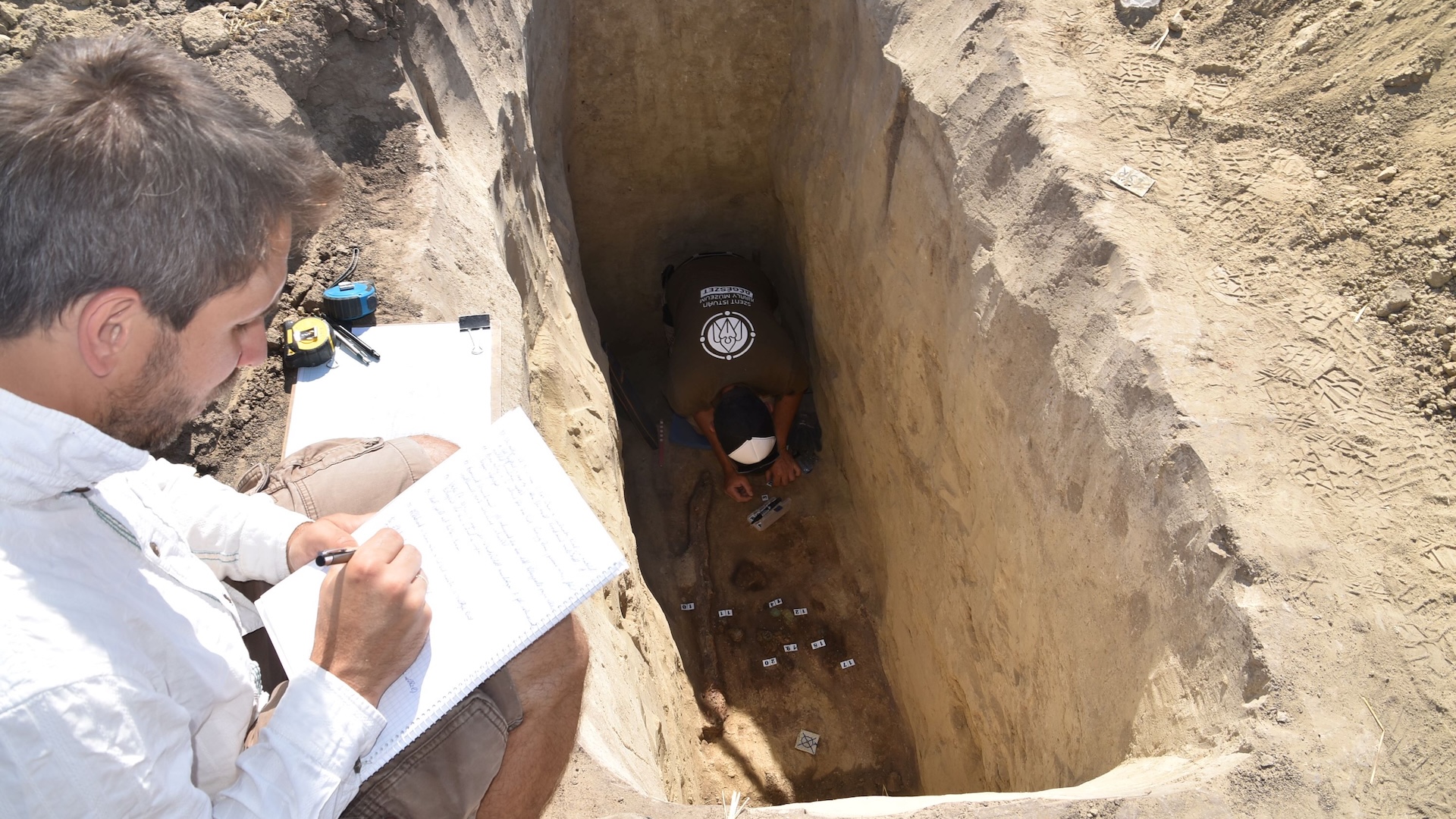
According to the Byzantine historian Menander Protector (a name he acquired as an imperial bodyguard), the Byzantines of the 6th century considered the Pannonian Avars to be the same as the Avars of Central Asia, whom they had heard about and feared in the 5th century, but never met.
However, scientists and historians now believe that the Pannonian Avars were another confederation of semi-nomadic peoples from the Eurasian steppe, perhaps led by an elite of Turkic or Mongol descent. Today, their culture is full of mystery because they left behind no written language. However, genetic research carried out in 2024 at the Avars cemetery in Pannonia suggests that the women traveled to their husbands’ villages when they married.
Archaeologists said the tomb near Székesfehérvár showed signs of being plundered, but still contained a wealth of grave goods, including sabers.
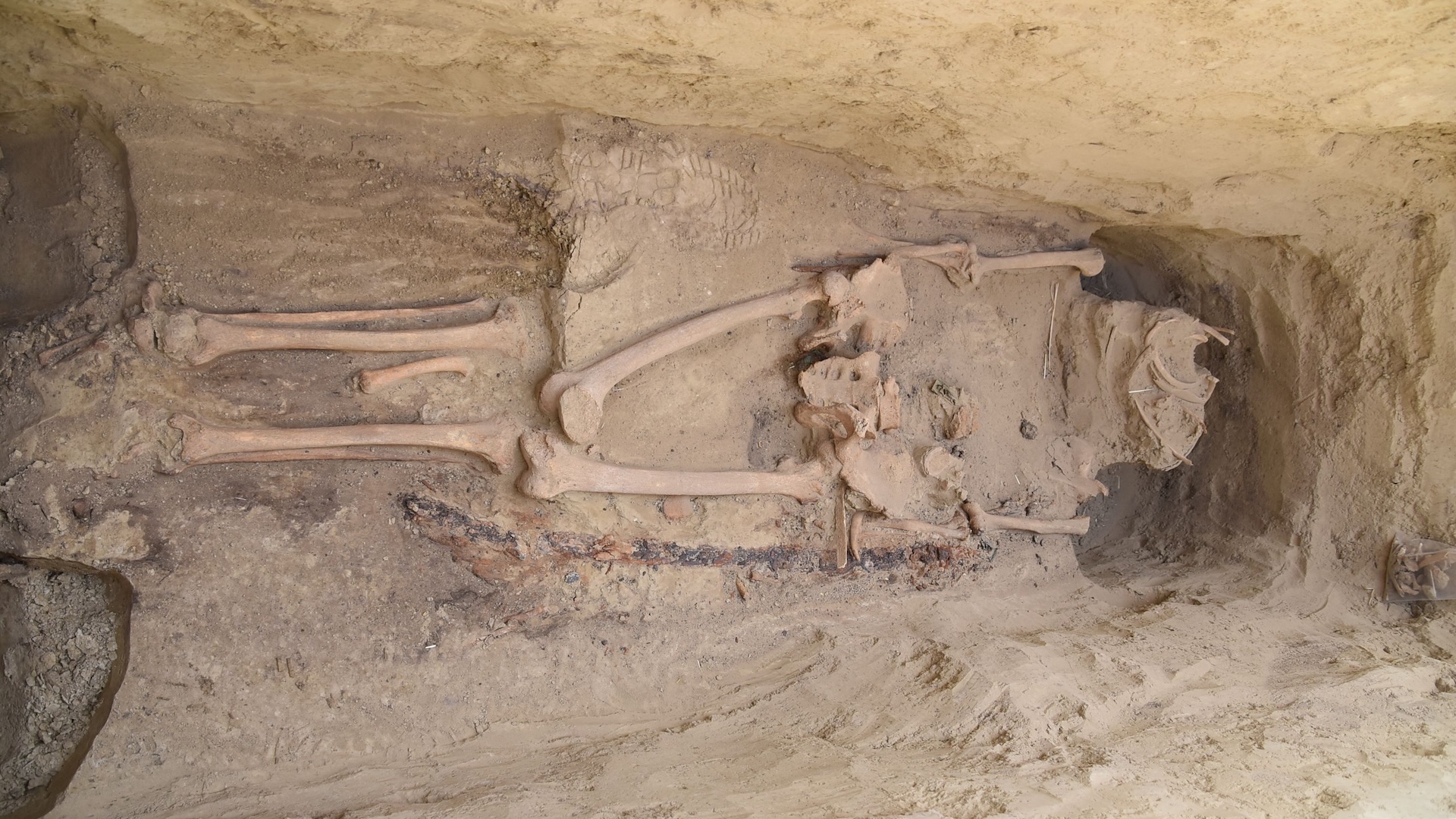
The blade and handle of the weapon are intact, making it a very rare find from this period. But it was badly rusted and so fragile from being underground for 1,300 years that it had to be lifted from the excavation site in a specially designed wooden cradle, the statement said.
you may like
ruins
Archaeologists also found silver belt fittings, golden metal ornaments for braiding into her hair, earrings made of glass beads, a long knife, and an arrowhead that may have been kept in her quiver. However, the quiver itself, arrow shafts, and featherboards are rotten.
The bodies of warriors were also discovered in the grave. His arms and lower body were arranged in anatomical order, but his head, chest and abdomen had been “destroyed” by the looters, the statement said.
The Pannonian Avars established a kingdom in the Carpathian Basin in the 6th century, writes historian Walter Pohl in The Avars: The Steppe Empire of Central Europe, 567-822 (Cornell University Press, 2018).
However, due to battles with the Byzantines, Franks, and Bulgars, the kingdom collapsed in the 9th century, and its territory fell into the hands of the Magyars, an ethnic group distinct from the Volga-Ural region and the ancestors of modern Hungarians.
Source link

